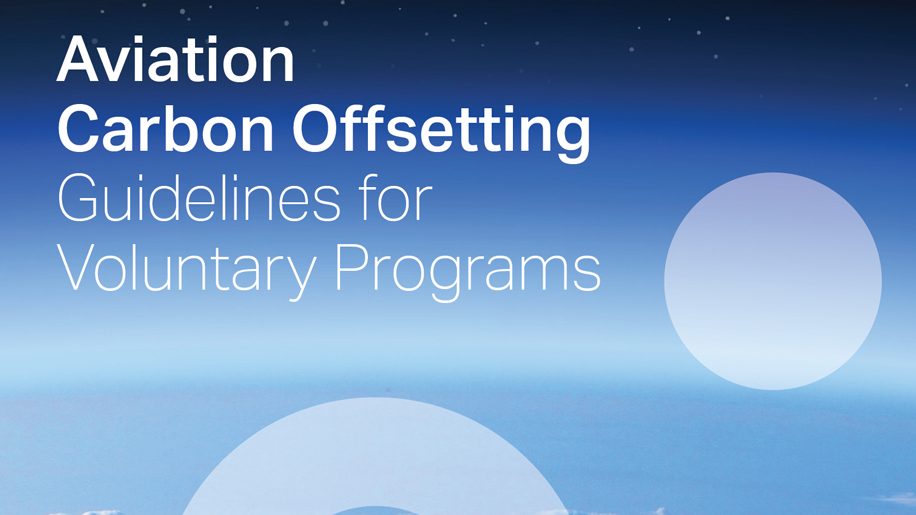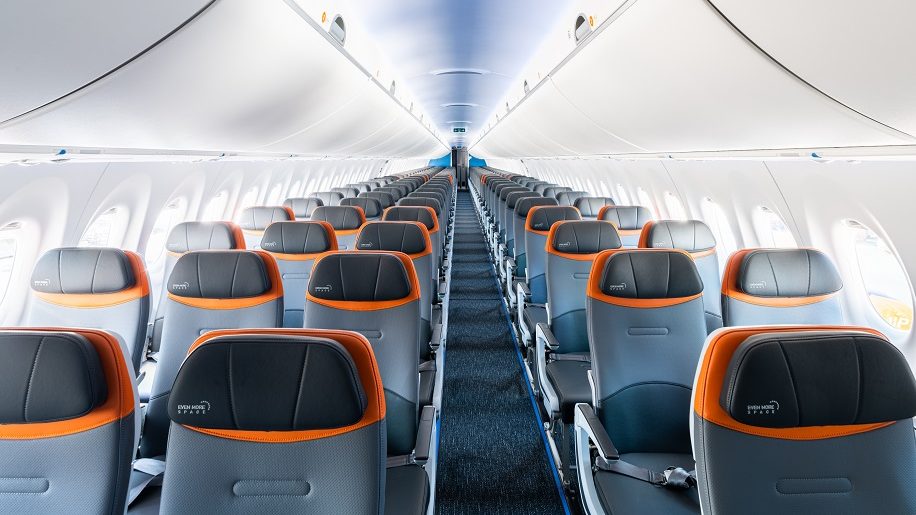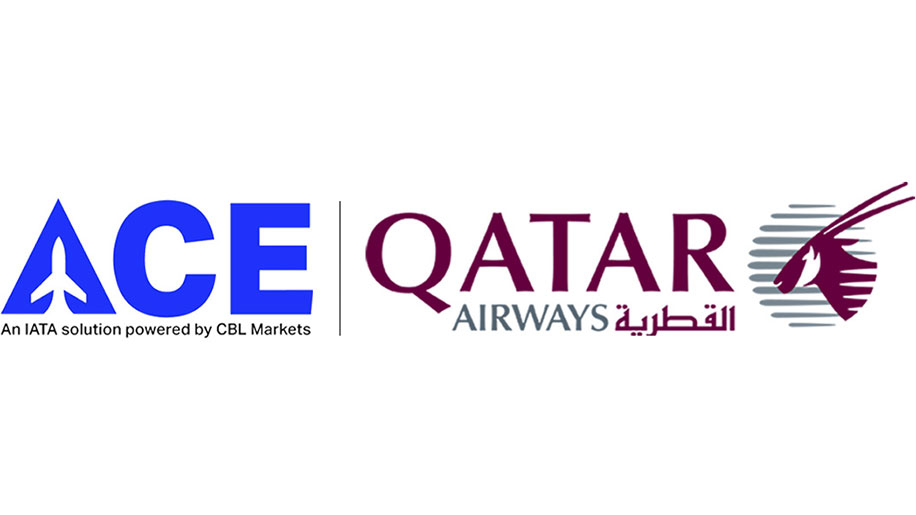
Under CORSIA airlines are hoping to achieve carbon neutral growth for international emissions by buying carbon credits. These offsets also help them meet the individual commitments they have made and / or to offset their domestic operations.
Not all airlines use carbon offsetting, and of those that do, not all are members of CORSIA.
To find out more about CORSIA, see our previous article, called, rather plainly: What is CORSIA?
Airlines included in CORSIA will keep a record of their emissions from 2021. At the end of a three year period (but in practical terms, before then), they will begin to buy their carbon offsets from the Aviation Carbon Exchange (ACE). This is described by IATA as a “centralised, real-time marketplace that is integrated with the IATA Clearing House (ICH) for the settlement of funds on trades in carbon offsets” (see more at the bottom of the piece.)
IATA says that “This marketplace will “provide airlines and other aviation stakeholders (such as airports and aircraft manufacturers) the opportunity to offset their carbon footprint by purchasing credits in certified projects that reduce carbon emissions.”
How much will this cost the airlines?
It depends on the level of emissions between now and 2035 (when CORSIA will ‘end’) and also how much a metric tonne of carbon costs to offset. Worldwide, flights produced 915 million tonnes of CO2 in 2019, so airlines will have to offset emissions above that level. At present, even with forecasts for a bounce back in travel, 2019 levels won’t be reached until 2024/5, so in a sense, there’s no need for offsetting until then, but airlines are starting now because offsets are cumulative.
At present the price of offsetting one tonne of CO2 ranges depending on the quality of the offset and whether – and who by – it is accredited. At the beginning of 2022 the price for a carbon offset in CORSIA is $3-5 per metric tonne of CO2. There are estimates that this may rise as high as $90 by 2050.
What sort of projects are on the ACE platform?
According to IATA “Carbon reduction programs on ACE include forestry projects, clean wind energy operations, protection of eco-systems and remote community-based projects to cut emissions.”
IATA says that the offset program has “been independently audited and approved by the world’s highest standard for carbon offsetting – the Quality Assurance Standard. QAS-approved offsets are checked against a 40 point checklist which includes emissions calculations, carbon reduction project selection and information provision.”
For example?
The first trade on the platform (in November 2020) was by Jetblue, which purchased credits in the first phase of the Larimar wind farm project in the Dominican Republic which began development in 2015. When the entire project is completed it will reduce average emissions by more than 200,000 tonnes of CO2 per year.

What are carbon offsets?
The following explanations are from IATA’s fact sheet on carbon offsetting.
“A carbon offset is a compensating equivalent. As an activity, it can mean to balance, cancel out or neutralize.”
“In the context of addressing climate change, offsetting is an action by companies or individuals to compensate for carbon emissions, in this case arising from their use of commercial aviation services. The offset can be equivalent in part or in whole to the associated emissions, by financing a reduction in emissions elsewhere.”
How does offsetting work?
When an activity like air travel produces CO2 emissions, these emissions can be compensated – or offset – by preventing or reducing a similar amount of emission elsewhere. This compensation can be performed by the airline itself or by its passengers.
The offsets can be sourced from various types of project activities and can be purchased through specialised offset providers or carbon brokers. The buyer then receives a certificate or record from the seller providing details about the project and the amount of CO2 reduced.
The market for carbon credits is regulated through international, regional and sub-national carbon reduction schemes, such as the Clean Development Mechanism under the Kyoto Protocol, the European Union Emissions Trading Scheme (EU-ETS) and the California Carbon Market.
Each tonne of CO2 is measured in carbon credits or CERs (Certified Emission Reductions). These CERs are generated in the implementation phase of the project; and are issued once the reduction has been credited. CERs are tradable credits earned by a country or developer for investing in projects aimed at reducing greenhouse gas emissions. It is estimated that India has some 750 million CERs which it has generated in recent years, and which remain unsold.
A further complication is that there is both a mandatory market which is used by companies and governments that are legally obligated to offset their emissions, where CERs are traded, and a voluntary carbon market. This voluntary market operates outside the compliance markets, but in parallel, allowing private companies and individuals to purchase carbon offsets on a voluntary basis, the unit for which is Verified Emission Reductions (VERs). For more information see climatetrade.com: the Voluntary market and mandatory carbon credit market.
IATA has a diagram to illustrate the process:

Carbon offsets are controversial for a number of reasons – to read more see our recent article
One criticism is over the issue of additionality. This is a complex area, but put simply it means that for the project to be an effective source of offset credits, it should offer some “extra benefit” that would not otherwise have been created were it not for the project.
What about voluntary offsets?
Many airlines offer the opportunity for offsetting your flight. You can read more about that here

The ACE Platform
ACE was developed “in conjunction with Xpansiv CBL Holding, the global market for ESG-inclusive commodities.” It is also described as “…a first-of-its-kind platform that uses authenticated production data to enable the creation and transaction of commodity products comprised of information that was invisible, until now.”
What does this mean? Xpansiv is an Environmental Social and Governance (ESG)-focused commodity marketplace that has its investors Macquarie, BP’s venture capital arm, S&P Global and Sydney-based fund manager Caledonia’s Will Vicar, according to Financial Review.
Qatar Airways recently became the first carrier to make a transaction on the IATA Aviation Carbon Exchange (ACE) using IATA Clearing House (ICH).
Conclusion
Offsetting is very controversial. To read more, see this peace by Unearthed (Greenpeace’s journalism project)
Top airlines’ promises to offset flights rely on ‘phantom credits’
British Airways, easyJet and other major carriers state that by supporting forest conservation projects they can offset emissions. A new investigation shows the bold claims can’t be verified.
Airline carbon offset scheme is the worst option for reducing aviation’s emissions – EU analysis












